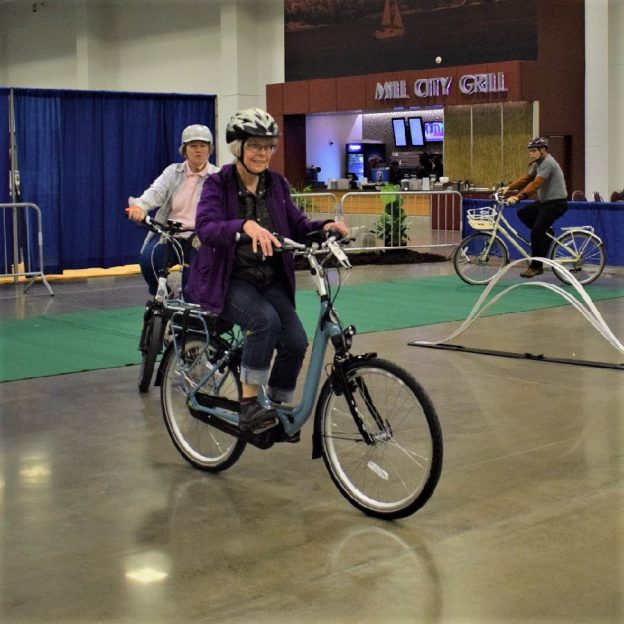Category: E-bike Tips
-

Helpful tips to consider before purchasing an E-bike
E-bikes are a fun and eco-friendly way to travel. Offering a new way to get around and encouraging various non-commuting activities, like grocery shopping. They are game-changers that provide flexibility in navigating heavily populated areas, hauling cargo or children, and touring the scenic countryside. With the growing popularity of the e-bike, here are some key…
-
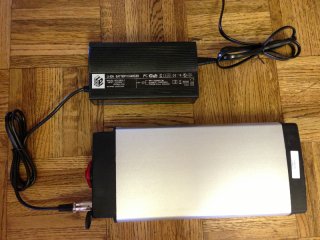
5-tips to extend a lithium battery life for e-bikes and other power tools
Electric bicycles and e-power tools are becoming increasingly common in most countries worldwide. Here are some tips to extend the lithium battery life.
-

The MN Bike/Hike/Paddle Guide has many fun destinations to explore
We are now in our 16th year of publishing the Minnesota Bike/Hike/Paddle Guide. We hope you find all the bike-friendly maps helpful in planning your next outdoor adventure. Use this guide to help you select your next fun outing with family and friends. We have added some suggested route options to most of the maps,…
-
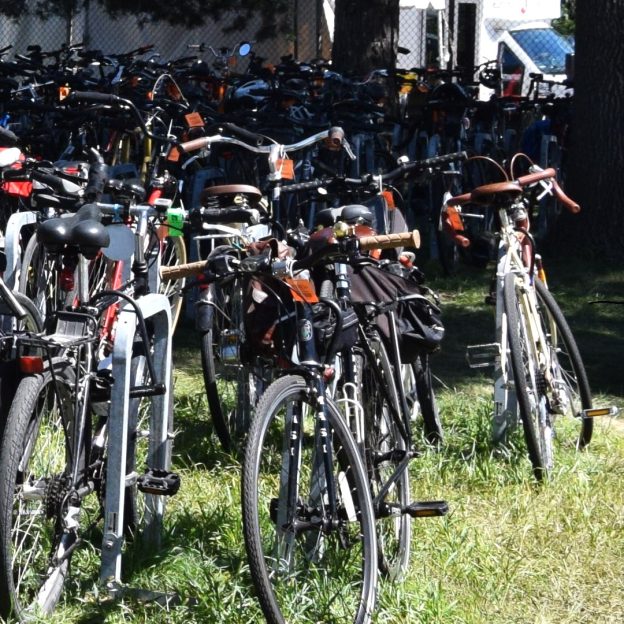
Bicycle theft prevention to keep your bike secure
Bikes in general are stolen often, but for a thief in today’s crazy world an electric bike is the crown jewel. With e-bikes, normally a larger investment here are some bicycle theft prevention ideas to consider. To protect your bicycle investment, consider using a combination of a U-lock, or cable lock, along with a GPS-tracking…
-

Winter riding fun with these easy cold weather tips
I can’t fight it any longer; my powers of denial are only so strong. Despite my best efforts, a change is coming, and I can do nothing to stop it. That’s right, winter is here. We just experienced a real cold snap, and snow is coming. While I can’t stop the cold elements from hitting…
-
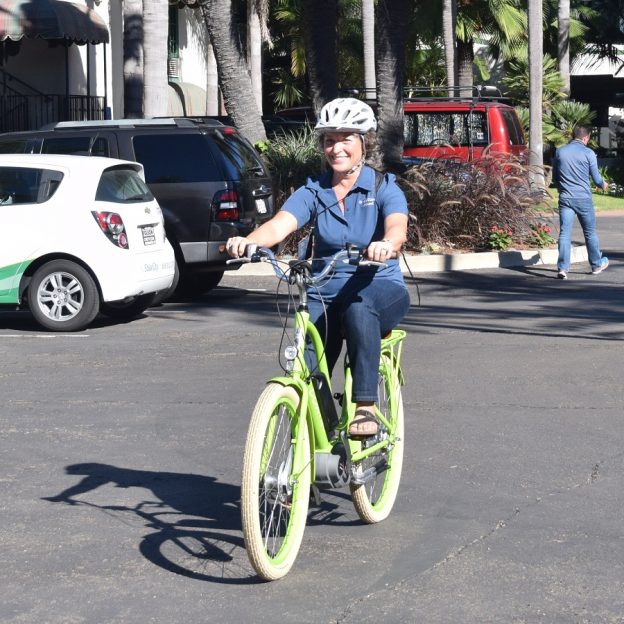
Go further with the latest in electric bike technology
Has the idea of riding an electric assist bike, or e-bike, piqued your interest? If so, and you are looking to extend your range of bicycle travel, you are in luck. E-bike technology has improved, and many e-bike brands now offer increased range or distance you can travel. Some of the newer brands and models…
-
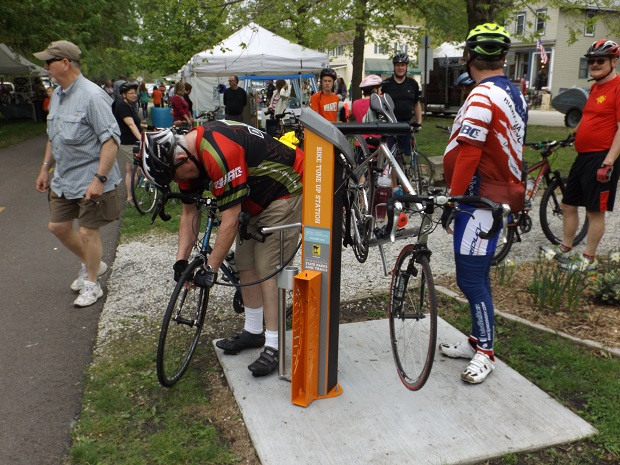
Bike tune-up tricks for better cycling performance
Do you want your bike to go faster, ride more effortlessly, and shift smoother after your annual bike shop check-up? Here are four relatively simple tune-up tasks that don’t require any special knowledge or tools, and you should see a long-lasting improvement in your bikes performance:
-
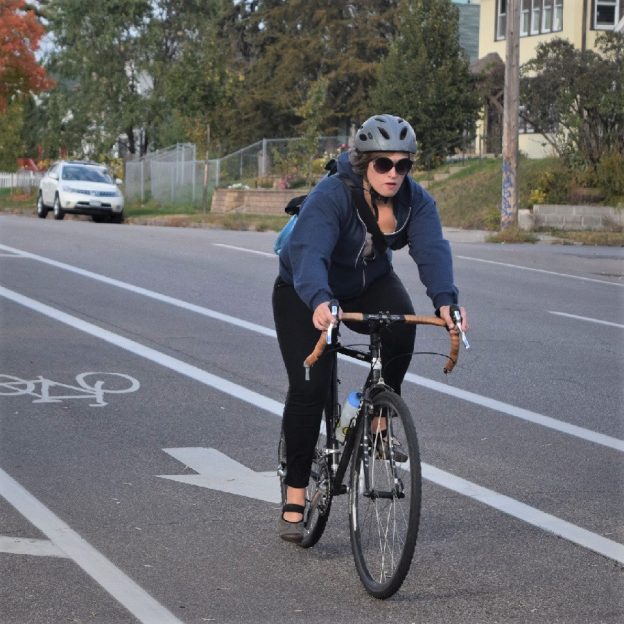
Make a resolution? It could be your best bike year ever!
After all the presents are opened, and the last cookies disappear, many of us focus on the year ahead. More specifically, many of us begin the annual task of developing New Year’s resolutions for ourselves. Why not resolve to make this year your best year for bike riding by starting now?


